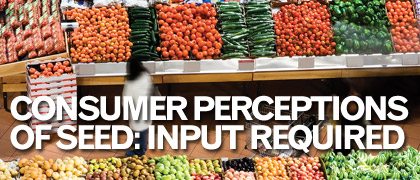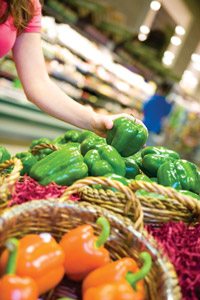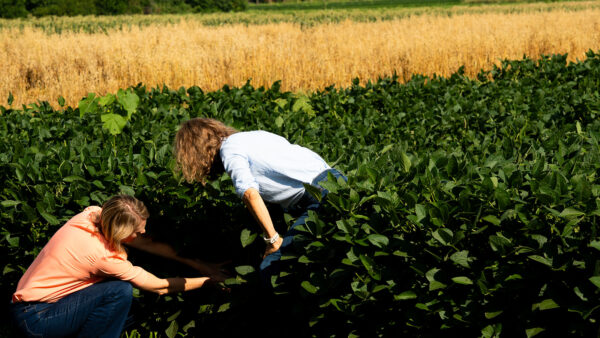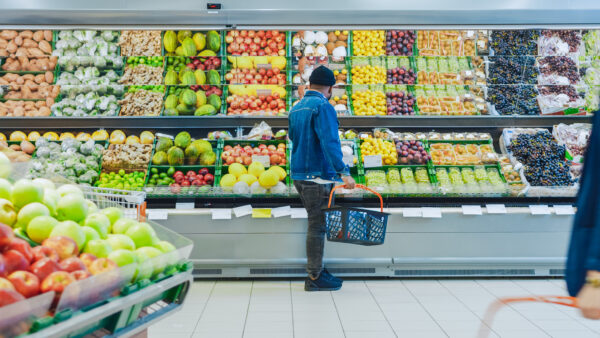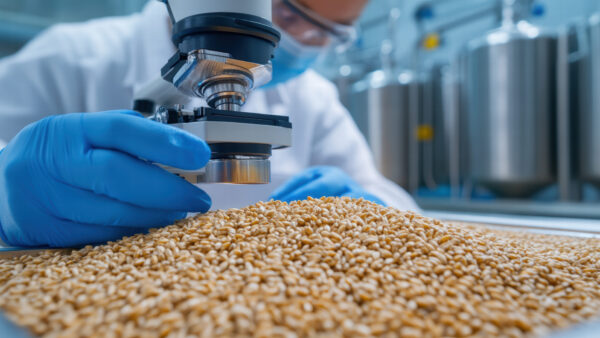Specific data may be meager, but the industry must be proactive in delivering key messages to consumers before misconceptions can be formed.
Consumer perceptions are critical to any industry that is selling a product; however, today’s average consumer is faced with a maze of headlines, claims, jargon and certifications that can leave them confused or misguided on what a sector is providing.
Andy LaVigne, president and CEO of the American Seed Trade Association, says that while certain seed companies might have done some studies themselves on consumer perceptions, the association hasn’t done any such studies to date.
LaVigne says despite the lack of seed industry specific data, some work is beginning on consumer education. “Efforts are beginning to talk about how seed and germplasm development are the platform to bringing beneficial technology to the marketplace, and that is the basis behind our First the Seed Foundation—it starts with vibrant seed into which we introduce technology and innovation,” he says.
ASTA’s First the Seed Foundation was formed in 2008 to inform today’s consumers and tomorrow’s workforce about the importance of the seed industry. “The goal of First the Seed is to talk about what is going on in the industry to help the public become better educated on what’s happening in seed,” says LaVigne.
“As of today, I do not know of any research specific to consumer perceptions of the seed industry, but I have been looking recently for a partner interested in funding work related to consumer perceptions of the seed industry.” —Nicole Olynk Widmar
|
“Given recent attempts at legislation in California, for example, regarding labeling genetically modified food, we can safely say that topic is on the minds of at least some segment of consumers.” —Nicole Olynk Widmar |
The Need for Data
“As of today, I do not know of any research specific to consumer perceptions of the seed industry, but I have been looking recently for a partner interested in funding work related to consumer perceptions of the seed industry,” says Nicole Olynk Widmar, assistant professor in the Department of Agricultural Economics at Purdue University.
Olynk Widmar has done a number of consumer perception studies on pork, chicken, processed meats of various types, milk, yogurt and ice cream. “Myself and several other ag economists working in this space of consumer perceptions of various facets of agriculture have talked of the need of this work but, to the best of my knowledge, this has not been investigated yet,” she says.
However, Olynk Widmar does have some educated guesses on consumer perceptions of seed, based on what she has learned from past consumer preference studies. “Based on what I have done with regard to consumers, I would expect perceptions to change due to crop type and sector of the industry. There is also potential for differences depending on the consumer demographics—income, gender, age, general perceptions of agriculture, familiarity with agriculture and/or usual sources for food safety information,” she says, but notes that the industry cannot know for sure if consumers with different demographics really do have different perceptions of different aspects of seed companies and industry until it gets the data.
“If perceptions are consistent with my past findings, the consumer’s perception of the sector—what is being done, does it involve genetics, and so on—and crop, what it is used for, environmental impact and so on, will likely impact perception of different sectors of the seed industry and the type of crop,” she adds. “I would imagine that perceptions of different crops will vary across the United States—and across the world—depending on how familiar consumers are with one crop versus another and whether they perceive it to be part of their local landscape, helping local farmers, helping their local economy and community, and so on.”
Olynk Widmar stresses again that while she hasn’t done any work in this area within the seed industry in specific, she feels it is an area that needs to be explored further with the help of the industry. “Without having done research specifically on how consumers perceive genetic engineering in the seed industry, I cannot comment for sure on consumer sentiment or perceptions. But, I think that given recent attempts at legislation in California, for example, regarding labeling genetically modified food, we can safely say that topic is on the minds of at least some segment of consumers.”
Addressing Misconceptions
Olynk Widmar says she has done some research with respect to where people get their information on animal agriculture, and it would be helpful to look at where consumers are seeking information with regard to seed and to determine whether their perceptions and preferences differ significantly based on this.
And this is where initiatives like ASTA’s First the Seed Foundation come into play. The industry is slowly getting better at reaching out to consumers with attempts at education and providing information, but even more needs to be done in this area.
“One misconception that is quite common is that when you look at untreated, raw seed, it looks the same as the seed from years ago,” says LaVigne. “So how do we explain to the consumer the differences from then to now? It looks similar but there has been a lot of breeding technology put into the seed to make it stronger and more viable.”
LaVigne says that leads to a larger challenge facing not only seed but the general agriculture industry. “How do you talk about technology today versus how it was done years ago and that includes sustainability, coexistence and GM, organic versus conventional versus biotechnology? How do you feed a growing population? And we need to spread the message that it starts with high-quality seed,” he says.
Seed companies are rising to that challenge today. To facilitate greater dialogue around important issues agriculture is facing, innovations and information, Bayer CropScience launched a new social media hub in 2012. The new portal showcases the company’s commitment to facilitating the discussion around food, fuel, fiber and feed production, trends and coverage in the industry, and consumer perceptions and advocacy for agriculture.
“The opportunities to advance sustainability efforts involve and impact a wide range of stakeholders throughout the food system, all the way from growers to consumers, and it’s important for all entities to engage in a dialogue,” says Beth Roden, external communications lead for Bayer CropScience. “This hub will help us begin to engage diverse audiences in an open dialogue around the opportunities and challenges impacting agriculture. Producing enough healthy, affordable food for our rapidly-growing world population makes the need for these discussions even greater.”
“What we can do now is take advantage of the opportunity to educate the general public about today’s seeds and seed research, about what plant breeders and seed companies are doing to enhance the quality of seed to benefit the farmers through increased yields and productivity.” —Andy LaVigne
Visitors to the site will experience an array of features with access to multiple layers of information, while allowing for interaction on various topics. “Our goal wi
th this site is to provide a hub that enables those that are interested in propelling agriculture by accessing useful information and interacting with other thought leaders,” says Roden. “We will continue to evolve the site over time to stay in front of important issues and provide users with unique experiences.”
LaVigne says that while the seed industry might not have specific consumer perception data yet, it can be proactive in delivering key messages before any unguided perceptions are made. “What we can do now is take advantage of the opportunity to educate the general public about today’s seeds and seed research, about what plant breeders and seed companies are doing to enhance the quality of seed to benefit the farmers through increased yields and productivity,” he says. “We have that opportunity and challenge to ensure that people better understand how technological this part of agriculture is.”
Julie McNabb
|
On the Minds of Consumers In a survey of shoppers in the United States in 2011, the following food-related items were listed as constituting a serious health risk to consumers: • Bacteria or germs 50% • Residues from pesticides 40% (declining • Product tampering 39% • Terrorist tampering 36% • Food from China 28% • Antibiotics/hormones in livestock 27% • Eating food past “use by” date 23% • Irradiated foods 21% • Foods produced by biotechnology 17% Source: U.S. Grocery Shopper Trends 2011, FMI |


